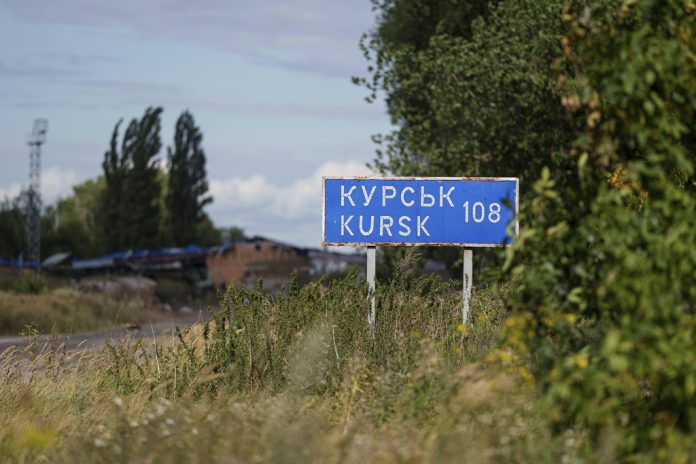KYIV, Ukraine (AP) — For more than a week, Ukrainian troops have pushed into the Kursk region of Russia, just north of their border, in the most extensive incursion by Kyiv’s forces in the 2½-year-old war. The advance has showed significant weaknesses in Russia’s border defense and embarrassed the Kremlin.
What we know about the operation:
When and where did the attack begin?
The surprise attack by Ukrainian troops in tanks and other armored vehicles began Aug. 6 and came from several directions into Russia’s Kursk region. Although Russia has seen previous incursions of its territory in the war, the Kursk raid is notable for its size, speed, the reported involvement of battle-hardened Ukrainian brigades, and the length of time they have stayed inside Russia. As many as 10,000 Ukrainian troops are involved, according to Western military analysts. It’s the first time foreign troops have invaded and held the territory since Nazi Germany did it in World War II against the Soviet Union.
This month’s stunning attack met little resistance at the Russian border. Although the Kursk region has been subject to Ukrainian drone attacks, the border was relatively lightly guarded, mostly by poorly trained conscripts and national guard units. More than 120,000 residents have been evacuated, according to Russian officials.
Ukraine hid its preparations for the attack. It also did not inform its supporters, like the U.S. or Poland, of its plan, according to leaders of those countries. U.S. officials have not objected to the use of American-donated weapons in the Kursk region.
What’s the situation now?
Ukraine’s military claims to hold 74 towns and settlements in the area, encompassing about 1,000 square kilometers (400 square miles) of territory. It said its troops took more than 100 Russian soldiers prisoner and destroyed a Russian Su-34 jet used to bomb Ukrainian front-line positions and cities.
The Russian Defense Ministry reports clashes with Ukrainian forces near settlements about 25 kilometers (15 miles) from the border. A Russian commander claims fighting is continuing in Sudzha, the administrative center of the incursion area, about 10 kilometers (6 miles) from the border.
No independently confirmed casualty figures for either side are available. Russia has been slow to send in enough reinforcements to turn back the Ukrainian advance. It has launched air and rocket strikes along with artillery fire.
What are Ukraine’s goals?
Ukrainian officials say it wants to establish a buffer zone to inhibit shelling of its territory from the Kursk region; President Volodymyr Zelenskyy says Ukraine has been shelled by Russia more than 2,000 times from the area this summer.
The operation also could be aimed at siphoning Russian troops from battles in the Donetsk region of eastern Ukraine, where Moscow has been making slow but steady advances.
The operation also demonstrates Ukraine’s determined resistance against a much larger Russian army. Zelenskyy adviser Mykhailo Podolyak suggested the push into Russian territory could strengthen Ukraine’s hand in any eventual negotiations to end the war.
What has been the response by Russia?
There appears to be a strong sense of shock in Russia over the speed and size of Ukraine’s operation, which has highlighted weaknesses in protecting the country and shattered the Kremlin’s narrative that Russia has largely been unscathed by the war.
President Vladimir Putin denounced it as a “large-scale provocation” and conducted nationally televised meetings with top security officials for reports on the operation.
Russia has redeployed some troops to Kursk from the strategically significant region near Ukraine’s second-largest city, Kharkiv. Russia is unlikely to pull entire fighting units from eastern Ukraine but could redirect troops that were meant to reinforce the front lines in Donetsk, according to The Institute for the Study of War analytic group.
—-
Heintz reported from Tallinn, Estonia.
Source: post





